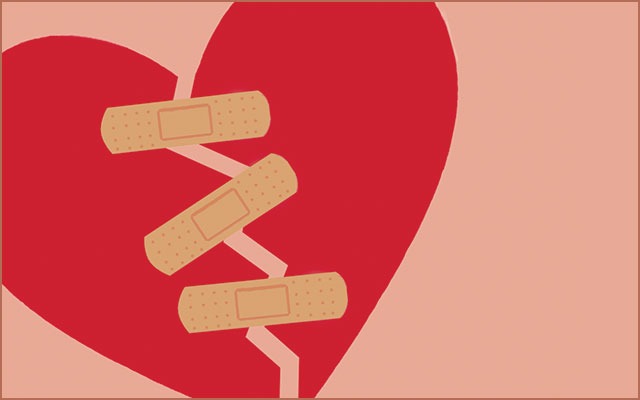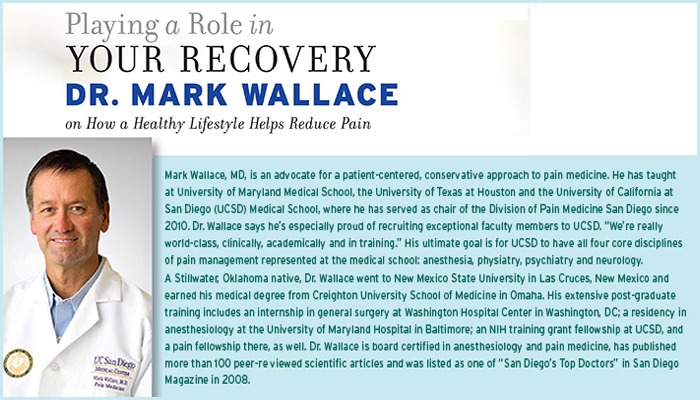Living with Pain: Let Yourself Breathe

I have written a great deal about the negative thoughts that are so easy to get caught up in when you live with chronic pain. I have covered topics such as rumination, self-talk, “negative fortune telling“, and anger. People with chronic pain sometimes report having persistent, distressing thoughts such as:
• My life is over now
• My pain will never go away
• I’ll never be happy again
• My family is sick of me and my pain
• I have lost all of my friends
• I am nobody now
• I’ll never be useful again
• My partner will leave me
I have been thinking a lot about the emotional and psychological burden of those thoughts – whirling around in your head, chipping away at hope, pounding you down… It is easy to get carried away by such thoughts and to believe that they are the only thoughts possible, that there is no hope for anything else, that is there no room for change. Not surprisingly, such thoughts can trigger depression or make depression worse. Depression makes coping with chronic and/or severe pain even more difficult.
Let yourself breathe
You are in charge of your thoughts. Give yourself a break from thoughts that are distressing, frightening, or frustrating. Allow yourself freedom from them. Let yourself breathe. No matter what your situation is, you won’t benefit by allowing negative thoughts free reign. How can you liberate yourself from distressing thoughts?
Don’t try to push them away – trying not to think about something rarely works. Here are some ideas that may be helpful to you:
First, remind yourself that negative, upsetting thoughts won’t fix your situation. Problem-solving and planning are helpful. Excessive worry and rumination are not. Watch for changes in your mood as a signal that you may be thinking thoughts that are upsetting and not productive. Try a few of these ideas:
• Meditate or relax a few times a week or everyday if possible. This will train your mind and body to relax and to let go of upsetting images and thoughts
• Select a “worry free time zone” each day. If this is very difficult for you, that is okay. Start with 5 minutes a day and build up. During this time, if negative thoughts come into your mind, simply notice them and let them drift away. Turn your attention to something else. With practice, it will become easier.
• Get some exercise and focus on what you are doing rather than what you are thinking.
• Keep a journal. Once a day, spend no more than 5 minutes writing about the things that worry you. Once you have written it down, let it go.
• Practice slow, deep breathing. When you breathe in, imagine you are collecting your negative thoughts. When you exhale, let them go. The more you do this, the better you will become at letting negative thoughts go.
DISCLAIMER: This blog is provided as an educational and informational resource only. It is not intended nor implied to be a substitute for professional psychological or medical advice.The founder of Goalistics, Dr. Ruehlman is a social and health psychologist. She and co-founder, Dr. Paul Karoly, created the online “Chronic Pain Management Program” and the “Think Clearly About Depression Program”. Dr. Ruehlman’s research efforts over the past 20 years include basic questions about how people pursue goals, how one’s social network supports as well as hinders goal activity, and alternative methods, such as computer-assisted assessment and training to assist in the goal attainment process. Over the past 20 years, she has studied people’s pursuit of pain management, fitness, health, social, and work goals. Dr. Ruehlman has published numerous articles in scientific journals on topics ranging from chronic pain, self-control, depression, social support, assessment and much more. For more information, click here.
PainPathways Magazine
PainPathways is the first, only and ultimate pain magazine. First published in spring 2008, PainPathways is the culmination of the vision of Richard L. Rauck, MD, to provide a shared resource for people living with and caring for others in pain. This quarterly resource not only provides in-depth information on current treatments, therapies and research studies but also connects people who live with pain, both personally and professionally.
View All By PainPathways






